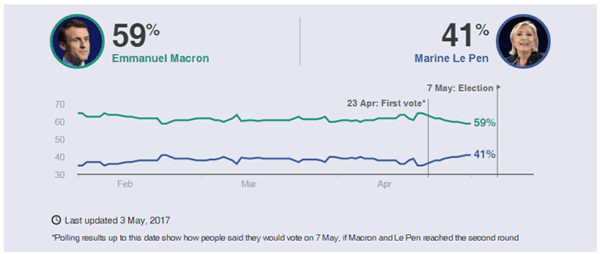The DAX has edged lower in the Wednesday session, as the index trades at 12,485.50. On the release front, German Unemployment Claims came in at -15 thousand, beating the estimate of -10 thousand. Eurozone Preliminary Flash GDP remained unchanged in the first quarter at 0.5%, matching the forecast. In the US, the Federal Reserve is expected to maintain interest rates at 0.75%. On Thursday, we’ll get a look at Services PMI in Germany and the Eurozone, as well as Eurozone Retail Sales.
The eurozone has been hampered by years of high unemployment, but the labor situation has improved considerably. The eurozone economy continues to expand, and more growth has meant more jobs and lower unemployment figures. Just a year ago, the eurozone unemployment rate was at 10.3%, but the rate has been steadily decreasing since then. The March release remained unchanged at 9.5%, within expectations. Germany has led the way, with the unemployment rate dropping to 5.9% in February. Unemployment rolls continue to shrink in Germany, and the decline of 15,000 unemployed persons was better than the estimate of 10,000. US employment numbers will also be in the spotlight this week, with ADP Nonfarm Payrolls kicking things off on Wednesday. The indicator is expected to drop sharply to 178 thousand in March compared to 263 thousand a month earlier. On Friday, we’ll get a look at wage growth and the official nonfarm payrolls report. If these indicators are not close to the estimates, we’re likely to see some movement from the DAX.
The DAX has not shown significant movement in the second quarter of 2017, but traders should keep in mind that the index has been trading at record highs this week. Will the trend continue? Current economic conditions point to the DAX continuing to climb higher. The index has outperformed most eurozone equity indexes in 2017, benefiting from a strong German economy, marked by steady growth and low unemployment. Stronger global demand has boosted Germany’s export sector and the Federal Reserve’s plans to continue to hike rates in 2017 has pushed German stocks to higher levels.
French voters will head back to the ballot box on Sunday, with Emmanuel Macron and Marine Le Pen vying for the next president of France. European stock markets have been very steady in the second round of the campaign, as opinion polls continue to show a comfortable majority for Macron:

The polling average line looks at the five most recent national polls and takes the median value, ie, the value between the two figures that are higher and two figures that are lower.
Source – BBC
French Election Timeline
May 3 – TV debate between the two remaining candidates
May 5 – [from midnight] Poll blackout
May 7 – Second round of French presidential elections. Last polls close at 19:00 BST / 14:00 EDT, with an exit poll result announced immediately.
May 11 – Official proclamation of the new President.
May 14 – [from midnight] End of Francois Hollande’s mandate
June 11 – First round of legislative elections
June 18 – Second round of legislative elections.












